Why is Antarctica's 'Sweights Glacier' in the spotlight of scientists all over the world in considering global warming?

Global warming is a major issue that threatens humanity and the environment, and scientists from all over the world are monitoring the progress of global warming and considering measures to stop it as much as possible. News media Vox explains about the
Why scientists are so worried about this glacier-YouTube
Sea level rise due to global warming is a big problem...
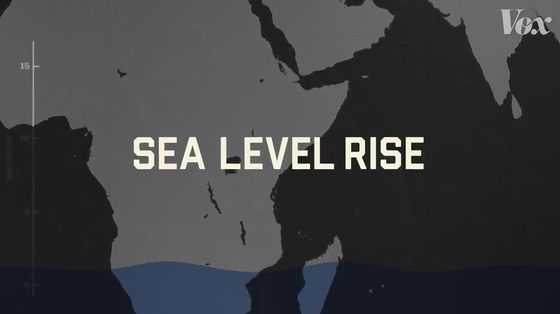
Antarctica is deeply involved in this rise in sea level.
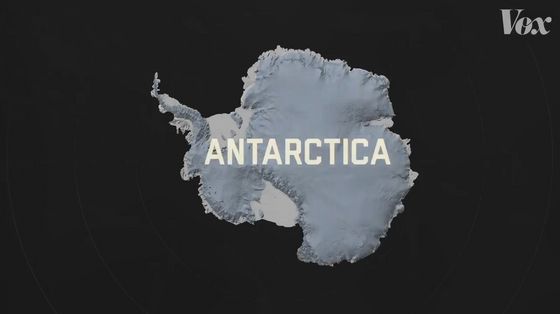
The Antarctic region has the largest amount of ice on earth, and it is expected that the sea level will rise by more than 3 m when the ice in the western part of the Antarctic melts.
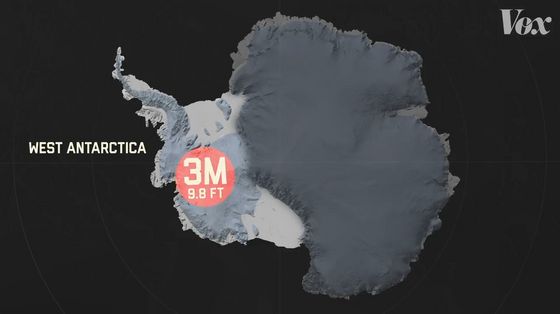
A big problem is occurring at the Swaits Glacier in the western part of the South Pole.
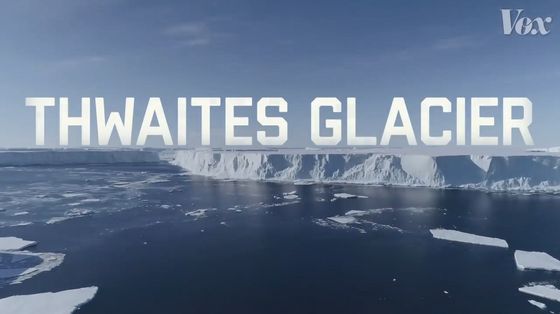
The Swaits Glacier is a huge glacier that boasts almost the same height as a 6-story building...
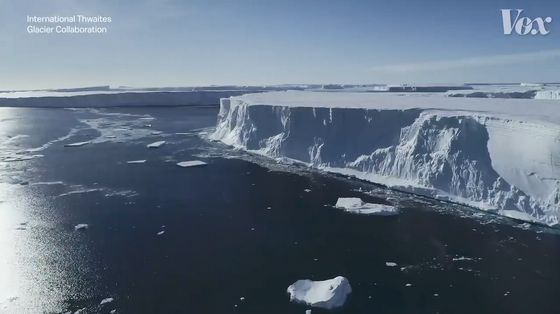
It extends over 120 km on the western coast of Antarctica.
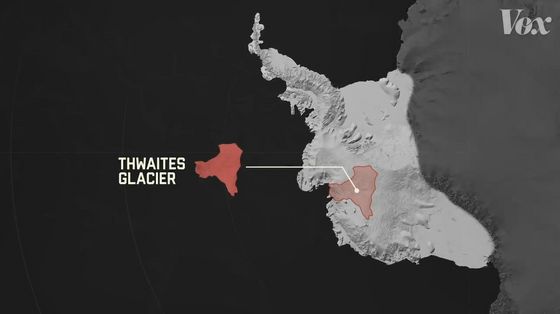
The Sweights Glacier has attracted the attention of scientists around the world because of the major problems that have occurred in the last few decades.
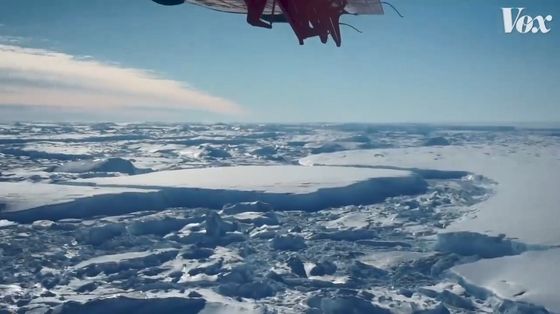
It is the collapse of the Swaits Glacier.
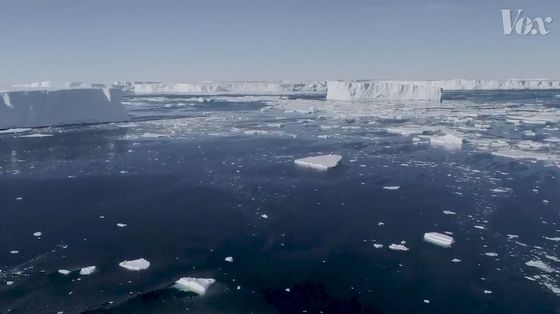
Looking at the ice sheet of Antarctica from the side, it looks like this. The dark part shows the land, and the light part shows the ice spread on it.
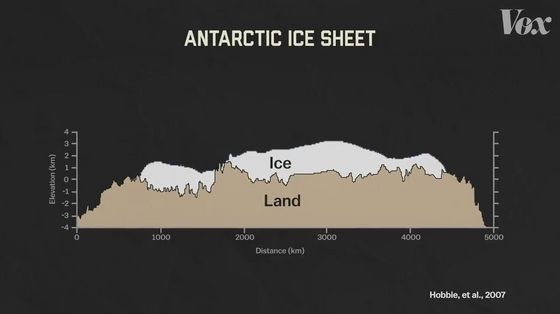
The central part of the Antarctic ice sheet is thickest...

As snow in the middle thickens due to snowfall, coastal glaciers are pushed out into the sea. Therefore, the tip of the glacier is a
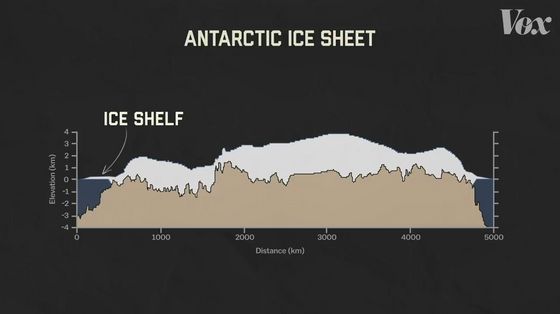
When the air and sea around Antarctica are warmed by artificial climate change...
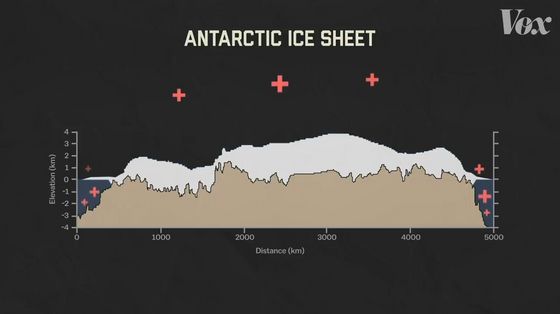
The ice on the coast of Antarctica is gradually melting. However, the speed is different on the east side and the west side of Antarctica because the height of the land area is different.
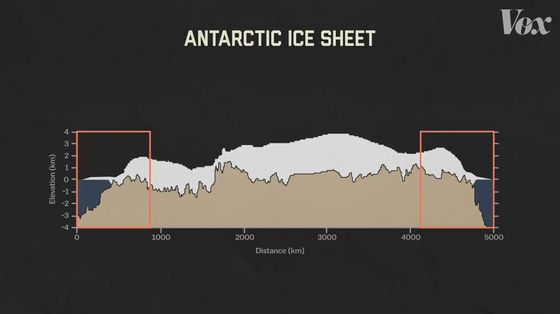
The ice on the east side is mainly located above the sea level, and since there are few parts that directly contact warm sea water, the speed at which the ice melts is relatively stable.

However, much of the western ice is below sea level.
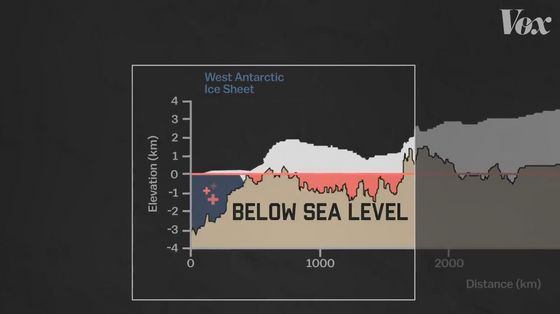
In other words, as the ice becomes thinner and the sea erodes, the speed at which the warm seawater melts the ice may accelerate faster than ever.
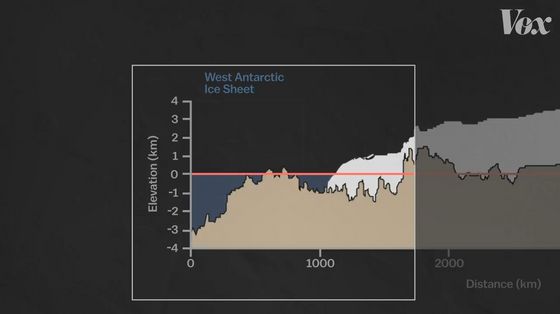
As such, the western Antarctic ice sheet is considered the most vulnerable to global warming in the world.
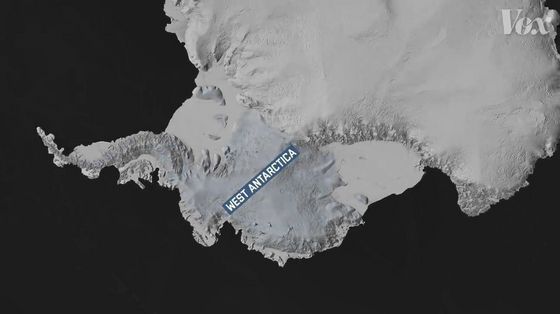
This is the figure showing the elevation of the continental part of Antarctica. The green, yellow, and red parts are higher than sea level, but...
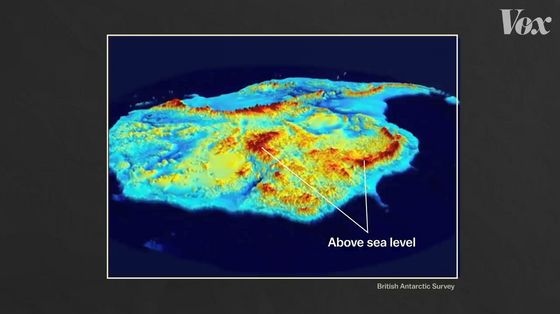
You can see that most of the western part of Antarctica is blue and below sea level.
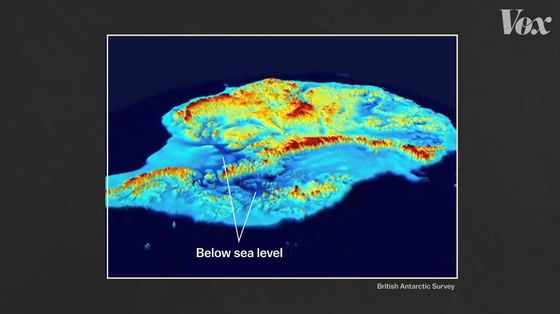
The Glacier in this part, where the bedrock is continuously sloping, is the Swaits Glacier.
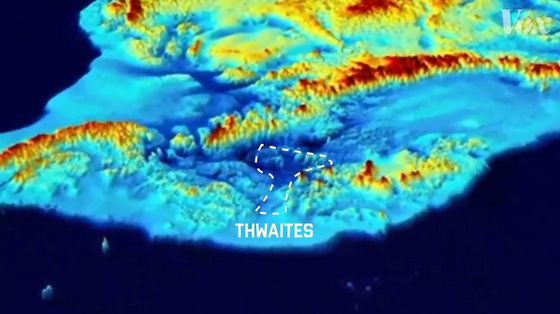
The Swaits Glacier is one of the most dangerous glaciers in the world.
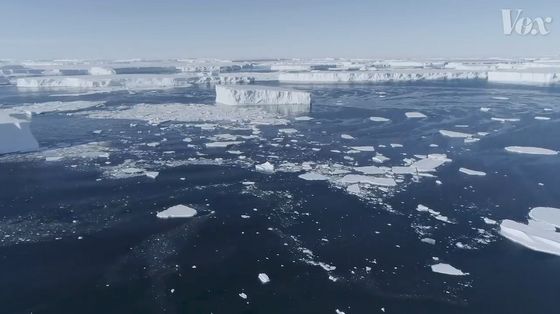
At the time of writing the article, the Swayz Glacier barely holds up.

However, a lot of ice has melted in the front of the shelf ice in the past 30 years...
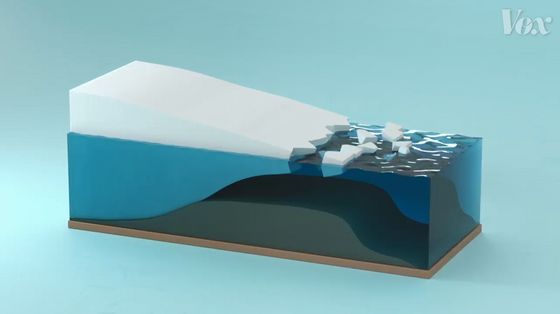
Glaciers continue to retreat.
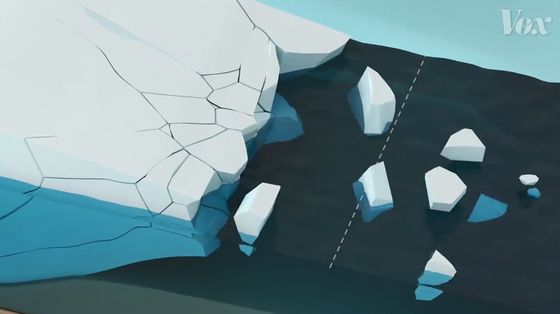
The biggest problem is the contact area between the continent and the ice. The location of the glaciers and continents is gradually receding, as warm seawater has penetrated to the bottom of the ice.
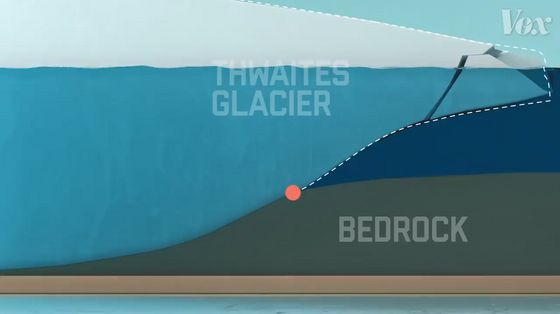
In just over 30 years since 1992, the position where the continent and the glacier touch has receded by 14km.
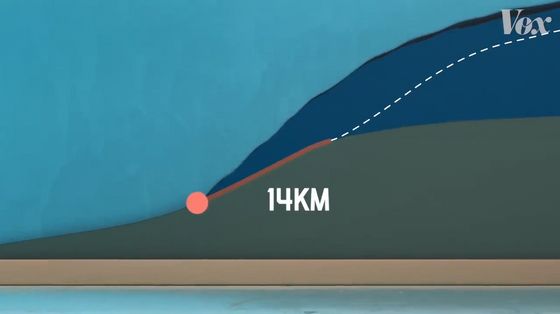
If the ice is above seawater, it will melt more quickly. And the sea level rises with the melted ice.
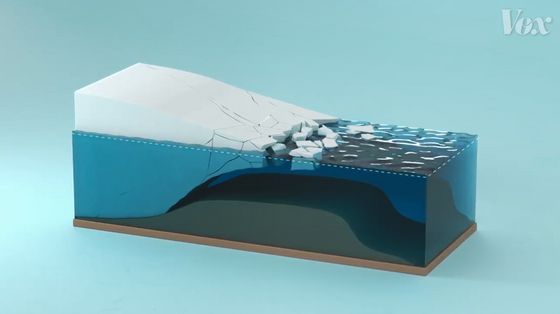
Furthermore, the more the continents and the locations where ice is installed recedes, the larger the area of ice that comes into contact with seawater, and the easier it is to melt. Therefore, the more the Swayz Glacier recedes, the faster it recedes.
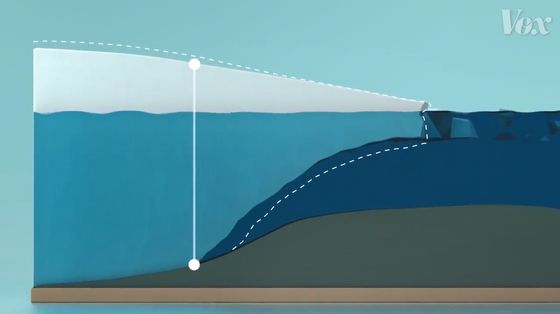
The amount of ice flowing out of the Swaits Glacier has doubled in the last 30 years, and the speed of melting has already begun.
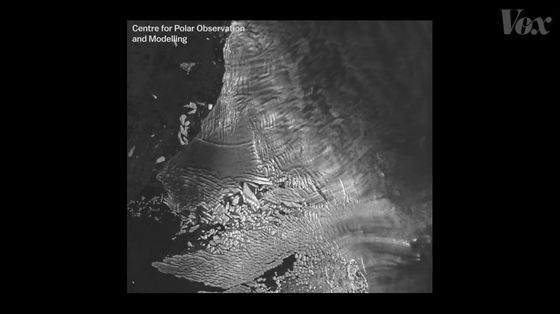
The proportion of ice melted from the Swaits Glacier to the rise of sea level in the world accounts for 4% of the total.

In addition, scientists have also discovered that while continuing to observe the Swaits Glacier, there is a cavity with a size that is equivalent to two-thirds of
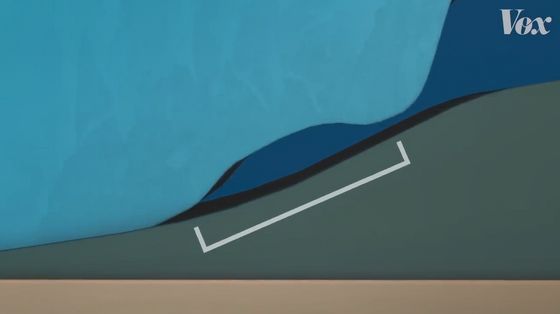
There is a view that it will be unavoidable that the Swaits Glacier will eventually collapse, and scientists are discussing 'how to delay the collapse of the Swaits Glacier.'
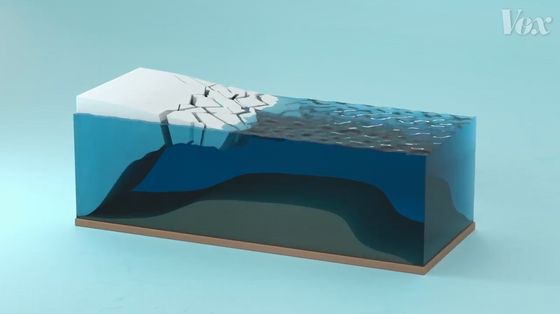
The collapse of the Swaits Glacier is expected to take centuries, and various factors such as seawater temperature and bedrock composition contribute to the rate of collapse.
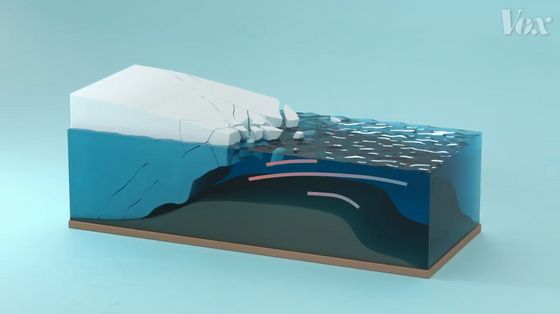
However, some studies show that the reduction of greenhouse gas emissions can delay or even stop the collapse of the Swayz Glacier, so efforts to stop the collapse with human hands are also important.
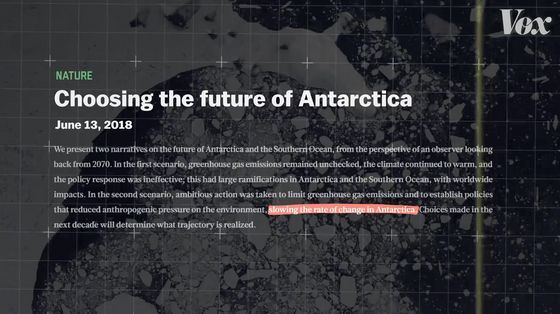
If only the Swayz Glacier collapses, the sea level of the whole world will rise by about 0.5m...
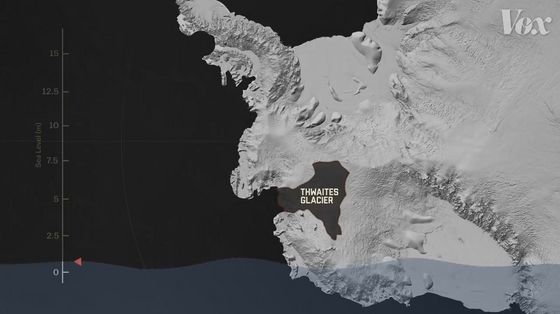
If the Sweats Glacier, located approximately in the center of western Antarctica, collapses, it could melt the ice throughout the western Antarctica.

If the ice in the western part of the Antarctic melts, the sea level will rise by 3m.
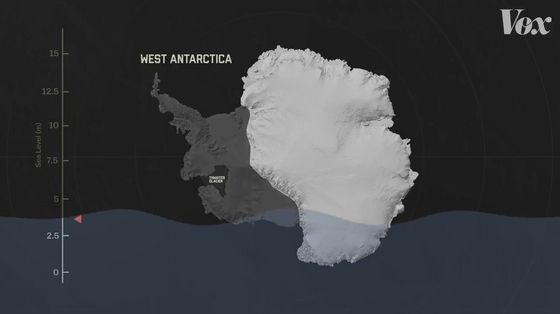
If the sea level rises by 3m, Miami and southern Bangladesh will be flooded...

The Netherlands and New York will also be submerged.
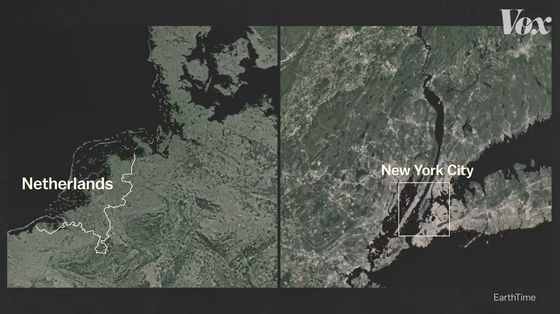
While we're often not yet aware of the Swaits Glacier, there's one thing that's clear: 'it doesn't stop when it begins to collapse,' Vox said.
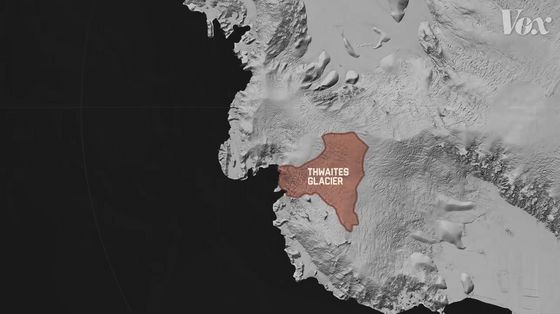
Related Posts:







